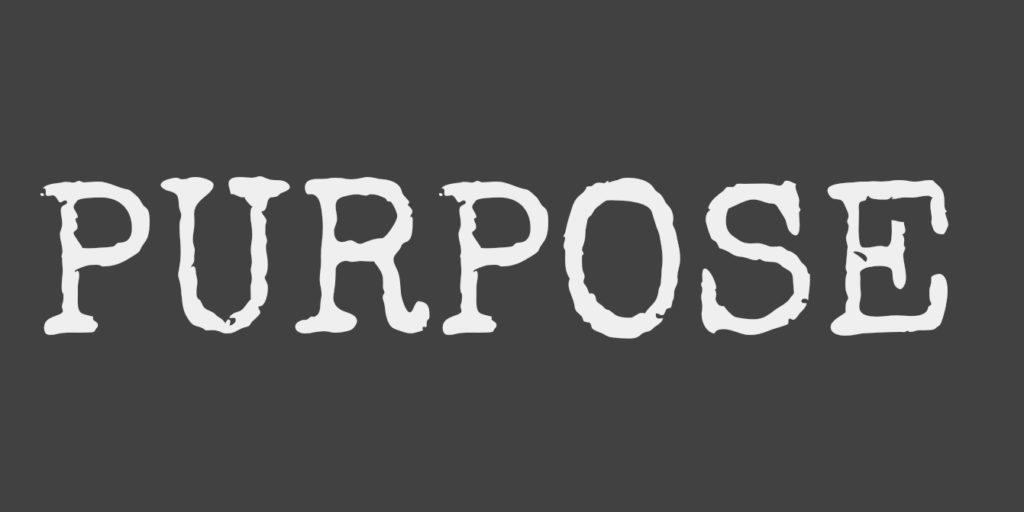Sales professionals are constantly working to find their voice and craft the perfect sales pitch template they can use time and time again. We all go through many iterations to create the optimal pitch that works time and time again. Many sales pitch examples exist amongst B2B organizations, but there remain fundamental best practices that all sales professionals should consider when pitching their products and services to companies.
At CustomShow, we not only craft our own sales pitches to put our sales presentation software in front of organizations, but our sister company Sales Graphics creates a plethora of sales and marketing presentations for clients, so we have seen many examples of what works and what doesn’t work. Based on our experience, we’ve put together a list of sales pitch tips that should be incorporated in any pitch and possibly in any website homepage copy.

Purpose Of The Pitch
It all starts with your purpose. Many sales professionals forget to hone in on this but without establishing the purpose of the pitch, why are you pitching, to begin with? You may not in the literal sense start your pitch off as “the purpose of our pitch is to…..” But you may discuss why you are there and your intended purpose. For example, if you are a commercial real estate leasing brokerage or managing construction projects, and you’re pitching to an owner, your purpose may be “to discuss our plans to increase the occupancy of your asset from 30% to 85% in two years’ or to present a timeline and budget for a major construction project.” For example, if you are a commercial real estate leasing brokerage with houses for rent in Charlotte, NC, or working with realtors in Eugene OR, and you’re pitching. to an owner, your purpose may be “to discuss our plans to bring occupancy of your asset from 30% to 85% in two years. As you can see, our purpose is more centered on the benefit and impact we plan on having on the client. This helps you set the tone from the beginning of the presentation to the very end.
Speak To What Matters To Them
Speaking to what matters to your prospect is centered on the investigative research you do upfront and asking pointed questions as to what their biggest challenges are. For CustomShow, we want to understand if collaboration is an issue with using presentation software, they can make dynamic presentations that truly stand above the competition, and do they have any presentations that reflect their brand.
Here are some generic questions that are useful in uncovering the pain points of the prospect:
- What has been your prior experience with your previous provider?
- What have been the biggest challenges you faced with this?
- Why are you now in the market looking for a new provider?
- In what specific areas can we assist?
By uncovering this information up front, we’re able to craft the perfect counterpoints that speak to these problems and further align with our offering. This process is key when pitching for business, as it allows sales professionals to tailor their message and demonstrate how their solutions directly address the prospect’s challenges.

Don’t Be Afraid To Point Out Other Problems
In your pitch, you must bring up the fears and problems the prospect is dealing with. This may go beyond speaking to what matters to them and simply uncovering problems that didn’t even know they had. If your product can impact the buyer in more ways than what they’re concerned with and you have a coherent case as to why it would matter to them, don’t be afraid to include it in the pitch. Speaking only to their pain points may not be enough. These additional points you’re able to address could differentiate your firm from the other companies pitching.
Create Solutions Better Than Your Competitors
Many times, we won’t come into a pitch and discuss our competitors. It’s not a good practice and it’s rarely in good taste to bad-mouth a competitor in your presentation unless the prospect brings them up for discussion. What tends to be a better practice is understanding your competitor’s core competencies and crafting a pitch that speaks to your strengths and highlights their weaknesses without naming your competitors. For us at CustomShow, we know truly customizable presentations is one of our many strong suits that our competitors don’t have. Also, video incorporation and collaboration amongst marketing, sales, and creative in using CustomShow is what sets our firm apart. We will drive that point home in knowing that those are competencies many of our competitors lack.

Show Real Value
Crafting the perfect sales pitch involves making your prospect acutely aware of the value your product or service brings to their organization. For B2B products, this may include making money, saving money, reducing time and effort, or reducing risk. For B2C products, it may be addressing a human need (e.g. increasing social status, entertaining, helping make connections, helping in personal development for example taking them to a course to learn the Spanish language, saving money or time, or increasing convenience. Showcase your value and find ways to tie it back to your bottom line.

Showcase Your Brand Advocates
Social proof always brings to light you’re not new to this. It gives your prospect comfort in knowing they would be in good company if they partnered with you. Build up quality testimonials to ground your promotional copy in real-world results and experiences. Simple logos and quotes you add to your sales pitch or proposal can give the prospect more comfort and ease of mind. Consider it a checking of the box. It won’t necessarily convince them you’re the best solution, but it will get them more comfortable to hear the rest of your story and the value you can bring to them.
Discuss Your Prospect’s Potential Fears & Worries
This is not the same as discussing your prospect’s problems and challenges that need to be addressed. This is more about alleviating any fears they may have in working with you. Every prospect is nervous about making a purchase. Spending money is rarely the concern, but rather it is them looking stupid or feeling like they made a bad purchase. Maybe you can provide some guarantees to the prospect. Introductory rates can also allure the prospect into partnering with you. We recommend writing down a list of all the potential fears your prospect may have and thinking through the solutions you can provide to ensure they feel comfortable making the purchase. Don’t try to bring them all up in a list of fears such as “we know you’re concerned about X, but you won’t have to worry about that because….” Instead, turn them into opportunities and pepper them throughout your presentation without speaking to their fears.
Turn Objections Into Purchase Opportunities
Pre-empt questions and objections. The most successful companies use this to their advantage. We wouldn’t normally offer up these objections in a pitch. But when there’s time for Q&A, and the prospect brings up an objection, you better be prepared for the counterargument and how this presents a great opportunity for them.
Equate The Money Value Factor
Money is what matters at the end of the day. Whether it is increasing sales or reducing costs, B2B companies care about these two things. When you start increasing sales or reducing costs, it becomes critical to keep track of all the funds and using an invoice generator to make this task easier and improve efficiently. You can always use invoice processing software, many in the market like Zintego, Otto AI, or Nettilasku that helps you keep your financials in check, ensure correct payment, and easily deliver payments. If you have real data that shows the “money factor” and monetary value your product brings to people will directly speak to their pockets.
Ask For Their Business
You must ask them for their business. This is a subtle move but an important one. It will likely take them off guard, but asking for the business displays confidence, shows you’re serious about working with them and allows for more dialogue about their decision-making process.
Follow Up With A Thank You
Now we go more into the pleasantries in sending a follow-up thank you letter or simply calling the prospect to thank them for their time. Most people do not forget this, but doing this in a tasteful way that shows you’re serious about your business is simply a good practice. Do not be shy to reach out to them but also try not to be overbearing.

Track Results & Ask For Feedback
Cannot stress the importance of this. What do you consider the major factors in winning business and are you getting better at it? Was it the pitch that won or lost you the business? Was it a deep relationship you or your competitors had with the prospect? Understanding this will only allow you to improve your pitch and competitive position when you’re in front of prospects.
Every good presentation is excellent presentation software that makes your business stand out and win the crowd whether it be for sales or in front of a larger audience.
